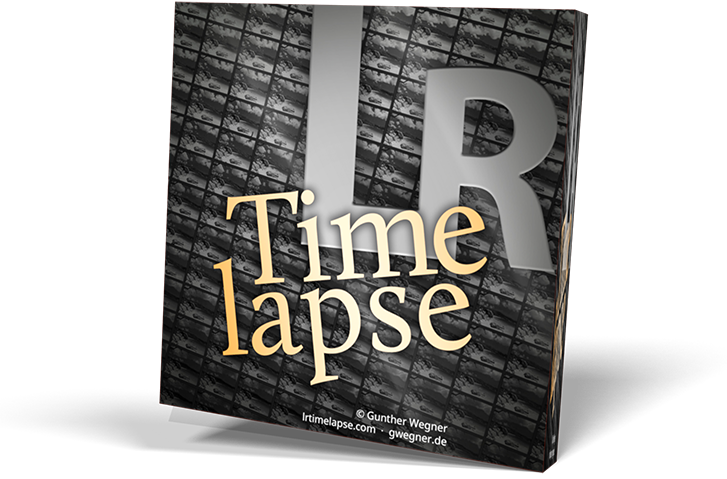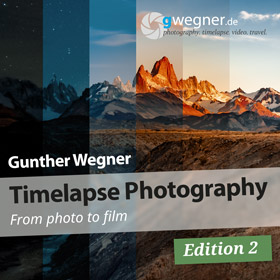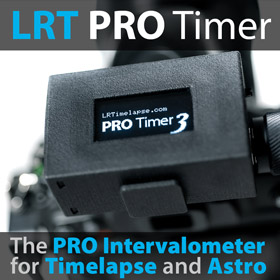Posts: 8
Threads: 6
Joined: Apr 2019
I was wondering if a feature like this could be added to LRT. A way to "align" the frames/images to correct extremely small movements of camera/tripod during a windy day, for example. It would very similar to "Align Layers" in Photoshop . . . where images are shifted to "line up" (pixel positioning) . . . would this be possible, feasible or a valuable addon ??? Am loving your software and "vision."




